The Caribbean is the most popular cruise destination, offering a mix of sun-drenched beaches, vibrant cultures, and breathtaking natural beauty. The best months to cruise the Caribbean is typically from December to April, when the weather is at its most favorable, with less rain and more sunshine, making it ideal for enjoying the islands.
However, as with any popular travel destination, timing is important. Although the Caribbean can be a paradise, there are certain months of the year when cruising might not be the most enjoyable experience. The worst time to cruise is usually influenced by weather, crowd levels, and prices. Taking these factors into account will ensure your next Caribbean cruise is safe and pleasant.
This article will help you find out the worst months to cruise the Caribbean. This guide is designed for both experienced and new cruisers.
What Are the Worst Months to Cruise the Caribbean?
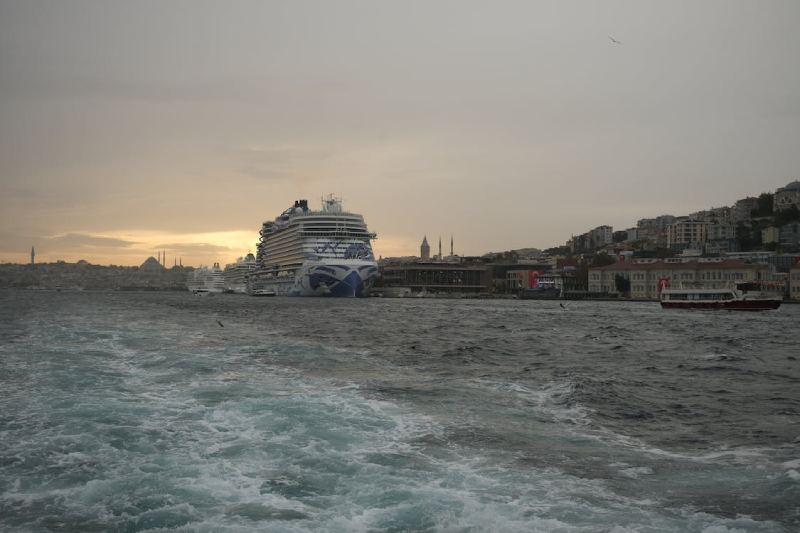
The worst months to cruise the Caribbean are generally during the peak hurricane season. This period lasts from August to October. During these months, the Caribbean region is more prone to hurricanes, which can lead to rough seas, poor weather conditions, and potential itinerary disruptions for cruises.
A hurricane is a type of tropical cyclone, a powerful and destructive storm that forms over warm ocean waters. Hurricanes are known for their strong winds and heavy rainfall, making them capable of causing significant damage. These storms can vary in size and intensity, with wind speeds ranging from 74 mph (119 kph) for a Category 1 hurricane to over 157 mph per hour (252 kph) for a Category 5 hurricane.
Can you Cruise the Caribbean During the Hurricane Season?
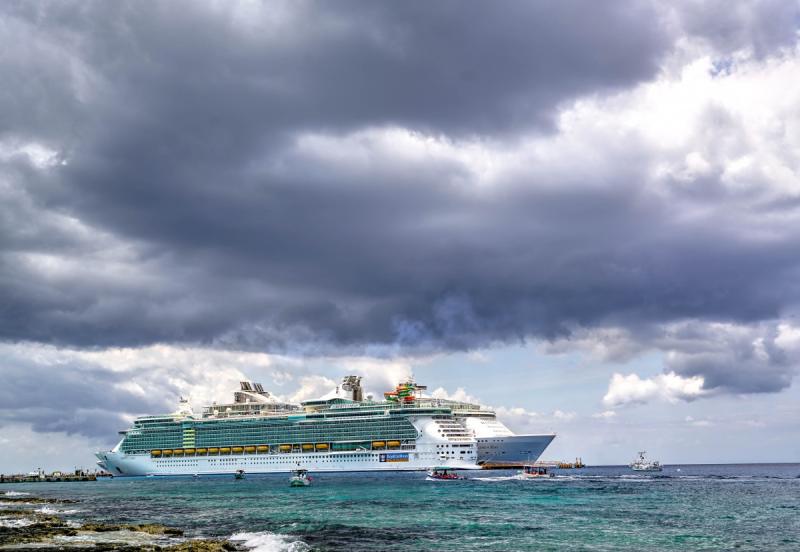
Yes, you can cruise the Caribbean during the hurricane season. The hurricane season in the Caribbean typically runs from June 1st to November 30th, with the peak period being from August to October. Outside the peak hurricane season, the chance of encountering a hurricane is quite low. However, if you decide to cruise during the peak hurricane season, be prepared for possible itinerary changes, more rain, and rough waters.
Cruising to the southern Caribbean, especially the ABC Islands (Aruba, Bonaire, and Curaçao), can be a great idea during the hurricane season. These islands are located just outside the hurricane belt, meaning they are unlikely to experience hurricanes compared to the rest of the Caribbean. This makes them a safer choice for travelers who want to enjoy a Caribbean cruise without the worry of hurricane disruptions.
It’s important to be prepared and flexible when cruising during hurricane season. You may want to purchase travel insurance, as it can provide protection against trip cancellations or interruptions due to weather. Keeping informed about the weather and being ready for possible changes in plans is crucial.
Despite the potential for disruptions, many people successfully cruise the Caribbean during this time and enjoy their vacations with a bit of extra planning and awareness of the conditions.
How Cruise Lines Handle Weather Disruptions
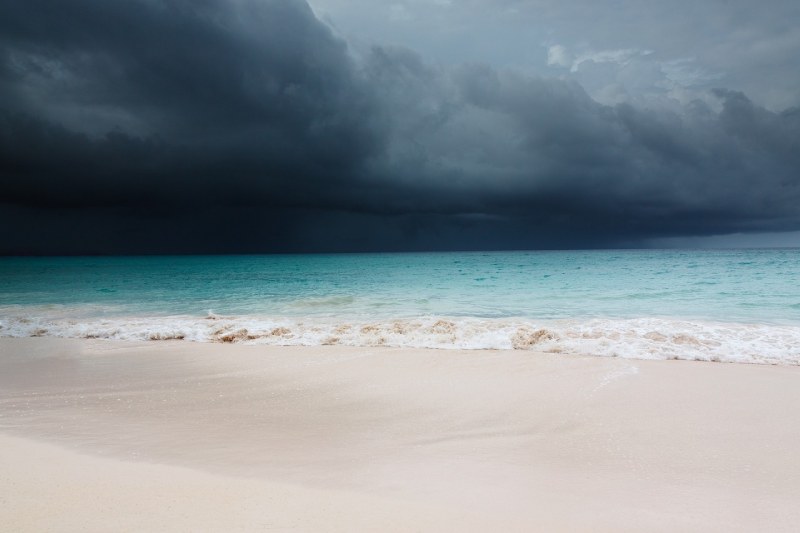
Cruise lines are well-equipped to handle weather disruptions to ensure the safety of their passengers. When adverse weather conditions, such as hurricanes or tropical storms, threaten a cruise’s planned itinerary, the first step taken by cruise lines is to monitor the situation closely through advanced weather tracking technologies. This allows them to make more accurate decisions about itinerary changes well in advance.
For example, if a hurricane is projected to affect the Caribbean, cruise lines may reroute their ships to avoid the storm-affected areas, opting for alternate destinations that are safe and enjoyable for passengers.
In situations where avoiding bad weather entirely is impossible, cruise lines may adjust their schedules by delaying departures or arrivals, or by shortening the duration of the cruise. An example of this was during Hurricane Irma in 2017, when many cruise lines modified their itineraries, with some even canceling trips entirely. If your cruise is canceled, you are likely to receive compensation, usually in the form of refunds, future cruise credits, or adjustments to the booking.
While cruise ships aren’t designed to sail through rough waters, they are built with stability and safety in mind. Most cruise ships have stabilizers to minimize the motion felt on board and to ensure that they can safely navigate through rough waters. Additionally, the captain and crew are experienced in handling many weather conditions and are trained to prioritize passenger safety above all else. Cruise lines will regularly communicate with passengers about any changes due to bad weather.
What Are the Benefits of Cruising During the Hurricane Season?
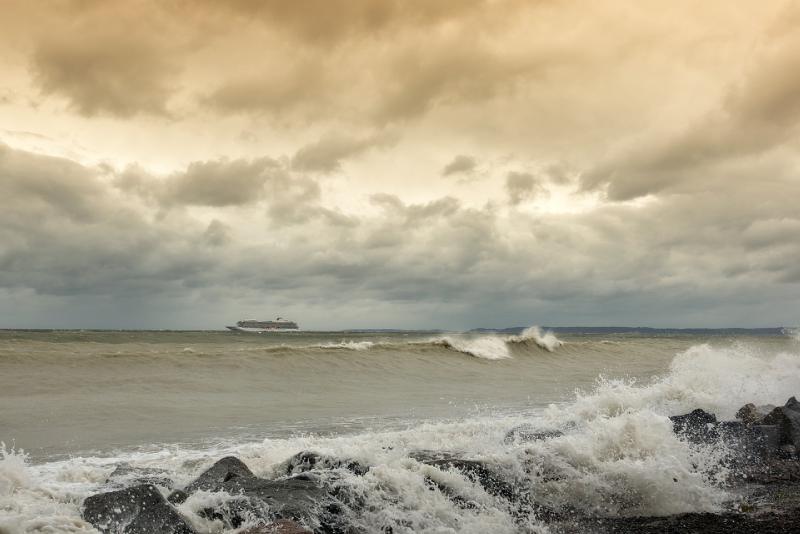
Cruising during hurricane season can offer several benefits. Firstly, cruises during this time often come at a lower cost. Cruise lines are aware that the risk of hurricanes can deter travelers, so they lower prices to attract more customers. This can result in more savings for those looking to enjoy a cruise vacation without breaking the bank.
Another benefit is the smaller crowds, which allow you to enjoy a more relaxed and peaceful atmosphere on board. Fewer passengers on the ship also means shorter wait times and a higher crew-to-passenger ratio, leading to more attentive staff.
Other Months to Avoid Cruising to the Caribbean
Peak Tourist Season
The peak tourist season in the Caribbean generally falls between mid-December and April. While this period avoids the hurricane season, it comes with its own challenges. During these months, the islands and cruise ships are often crowded with families and kids, leading to busy ports and longer waits for attractions. Additionally, prices for cruises and island activities tend to be higher due to the increased demand.
Holiday Seasons
Around major holidays like Christmas, New Year’s, Valentine’s Day, and Spring Break, the Caribbean sees a large influx of tourists. Unlike the peak season, where you might find pockets of low crowds, the holiday periods are always exceptionally busy. This not only leads to overcrowding but also to higher prices for cruises and shore excursions.
Although the festive atmosphere can be enjoyable, for those seeking a quieter, more relaxing experience, it’s advisable to avoid cruising during the holiday periods.
Worst Months to Cruise the Caribbean – FAQ
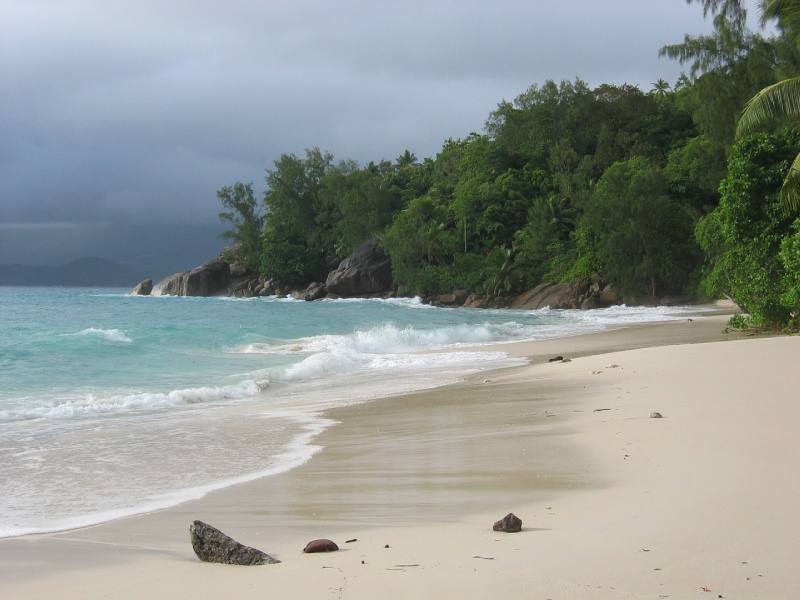
What are the best months to cruise the Caribbean?
The best months to cruise the Caribbean are typically from December to April. During this period, the weather is at its most favorable, with lower chances of rain and hurricanes, making it an ideal time for cruising. This is the dry season in the Caribbean, so you can expect sunny days and comfortable temperatures, perfect for enjoying beaches, excursions, and scuba diving without the worry of bad weather disrupting your plans.
However, it’s also important to note that while this time offers the best weather conditions, it coincides with the peak tourist season, so expect higher prices and more crowds.
Those looking for a balance between good weather and fewer crowds might consider the shoulder months, such as late April, May, or early June, when the weather remains pleasant and the number of tourists decreases, offering a more relaxed cruising experience.
What are the cheapest months to cruise the Caribbean?
There is no single answer to what the cheapest months to cruise the Caribbean are, as pricing can change based on a variety of factors. However, the late summer to fall period, specifically from late August through early November, is usually the cheapest time to book a Caribbean cruise vacation. This is largely because it coincides with the Caribbean’s hurricane season, where the potential for bad weather results in lower cruise prices.
May and June are excellent months to find deals on Caribbean cruises because they fall during the shoulder season. This is the time right before the busy summer vacation period and after the high season, which ends in April. During these months, you can often find lower prices and great promotions as cruise lines try to attract travelers. The weather is still pleasant, making it a good time to enjoy the Caribbean’s beauty without the crowds or the higher costs associated with peak travel times. So, if you’re looking for a budget-friendly option for your next cruise, consider booking in May or June.
How many hurricanes impact the Caribbean each year?
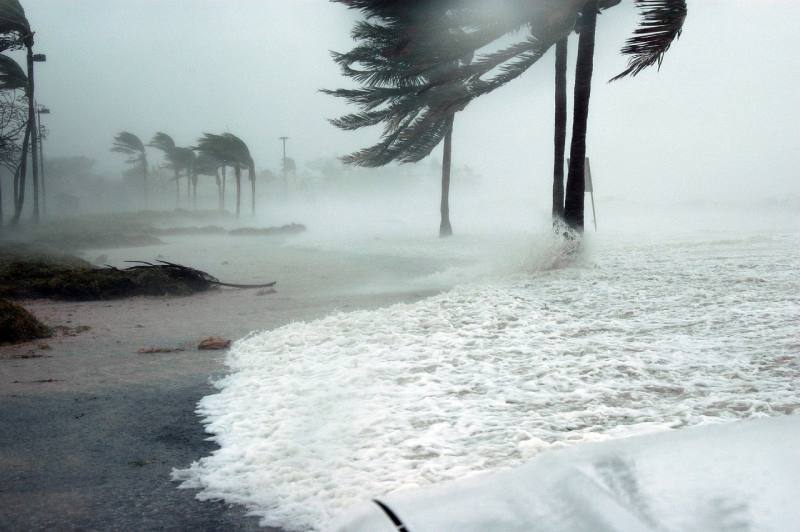
Each year, the Caribbean experiences an average of six hurricanes. The frequency and intensity of these hurricanes can vary from year to year. Factors such as sea surface temperatures and atmospheric conditions play a large role in determining how many hurricanes develop and how powerful they become. Some years may see fewer but more intense hurricanes, while others might have a higher number of less severe hurricanes.
The 2020 Atlantic hurricane season was exceptionally active and impactful for the Caribbean. One of the significant hurricanes that year was Hurricane Isaias, which formed on July 30 and affected several Caribbean islands, including Puerto Rico, the Dominican Republic, Haiti, Turks and Caicos, and the Bahamas. Isaias brought heavy showers, tropical-force winds, flash floods, and mudslides to these regions before moving towards Florida’s Atlantic Coast.
What months to avoid Caribbean cruises?
Travelers looking to cruise the Caribbean should avoid the months from August to October. This period marks the peak of the hurricane season in the region. This results in a higher likelihood of storms, rain, and hurricanes.
Cruises during these months may face disruptions such as itinerary changes, delays, or even cancellations due to the unpredictable weather. The increased risk of rough seas and adverse weather conditions can significantly impact the cruising experience, from onshore excursions to onboard activities.
While cruising during these months often comes with lower prices and fewer crowds, the potential for weather-related challenges is something to consider seriously. If you’re planning a cruise to the Caribbean and want to reduce the chance of encountering a hurricane, make sure to schedule your trip outside of the peak hurricane season.
What are the rainiest months in the Caribbean?

The Caribbean experiences its rainiest months from June to November. During this period, the region sees an increase in rainfall due to the higher frequency of storms and hurricanes. The climate varies across different parts of the Caribbean, but this time frame is generally the wettest season for most islands in the area.
The ABC Islands (Aruba, Bonaire, and Curacao), situated just off the coast of Venezuela, are an exception to this general trend. These islands enjoy a significantly drier climate year-round.
Aruba, for instance, receives on average about 18 inches (457 mm) of rainfall per year, Bonaire slightly more with around 22 inches (560 mm), and Curacao falls in between with around 20 inches (508 mm) annually. This makes the ABC Islands a very attractive cruise destination for those seeking dry weather during the rainy season in the Caribbean.
What are the driest months in the Caribbean?
The driest months in the Caribbean stretch from December to May, when the weather is cooler and there’s less chance of rain. This period is considered the peak tourist season due to the favorable weather conditions, with lower humidity and fewer rainy days, making it an ideal time for beach vacations and outdoor activities in the Caribbean.
Related articles:

